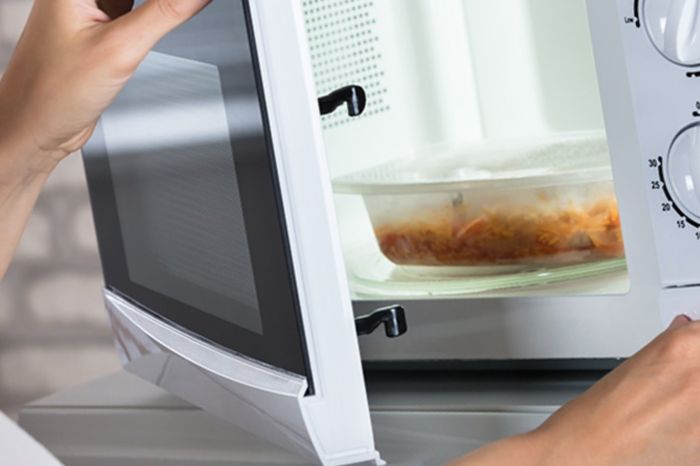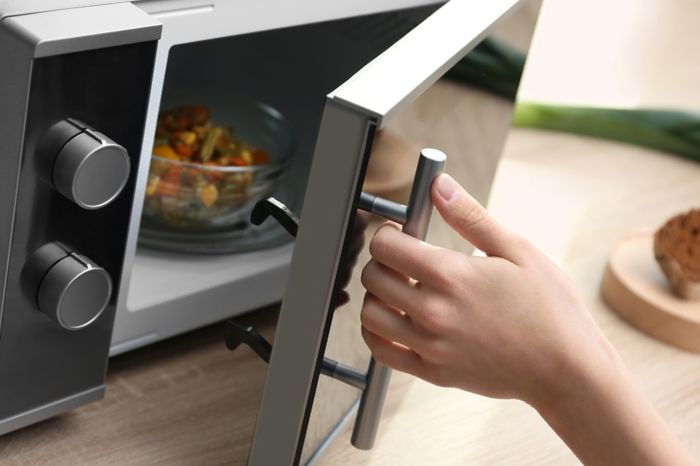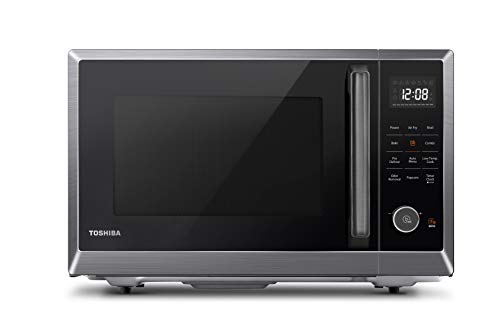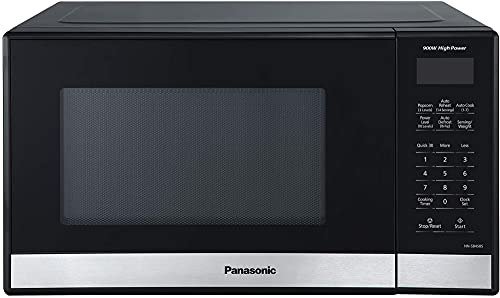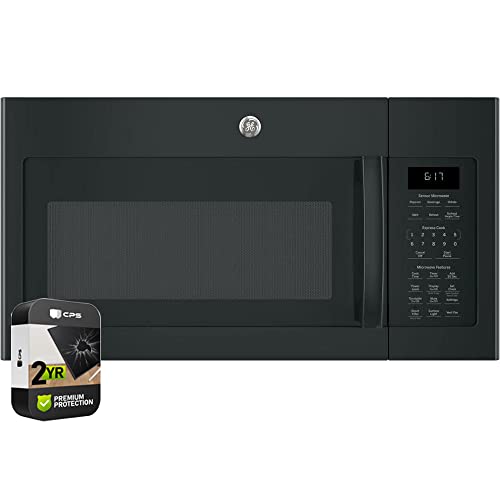What Is The Mechanism Of Microwave Heating?
Microwave ovens are a commonplace item in our kitchens, utilized by individuals around the globe to warm food, reheat leftovers, and even cook entire meals. These gadgets are known for their quick cooking times and convenience, yet despite their widespread use, a great many people are still unfamiliar with the mechanism of microwave heating.
Microwave ovens are one of the most commonly used kitchen appliances today. They are convenient, efficient, and widely used for heating and cooking food. But have you ever wondered about of what is the mechanism of microwave heating? How does a microwave oven heat food so quickly, and is it safe to use?
In this article, we explore the science behind the microwave oven, the process of microwave heating, and answer the question of whether they are safe to use for heating food or beverages.
What is the Mechanism that Makes Microwaves Heat Things Up So Quickly?
Microwave ovens use electromagnetic radiation in the microwave frequency range to heat up food. Specifically, they emit high-frequency electromagnetic waves that cause water molecules in the food to vibrate rapidly. Although microwaves do not get absorbed by the food directly, they are able to interact with the water molecules, which in turn generate heat. This is referred to as dielectric heating, which occurs when polar molecules such as water or fat are subjected to an alternating electric field.
The microwave frequencies used in microwave ovens range from 300 MHz to 300 GHz, with a wavelength of around 12cm. This range of frequencies is specifically chosen because it matches the natural resonant frequency of water molecules. When microwaves interact with water molecules, they induce them to rotate and generate heat that quickly penetrates into the food, heating it evenly and rapidly from the inside out.
To understand this concept, imagine a water molecule as a tiny magnet that can rotate in response to an external magnetic field. As the electromagnetic waves of the microwave pass through the food, they cause the water molecules to rapidly rotate and collide with other molecules, generating heat. This rapid heating is what causes your food to heat up so quickly and uniformly.
What Happens to Food When It Is Heated by Microwaves?
Microwave heating has several effects on food that are different from other cooking methods such as baking or frying. One of the key characteristics of microwave heating is that it heats food from the inside out. This is because it penetrates the food deeply and evenly, unlike conventional ovens, which generate heat from the outside.
Microwave heating is also great for retaining the nutrients in food. The shorter heating time and lower temperature of microwave cooking help to preserve the vitamins and minerals in food that can be lost during conventional cooking methods. Moreover, as microwaves heat the food from the inside out, they cause less moisture loss than conventional methods, reducing the chances of overcooking or drying out the food.
Another effect of microwaves on food is that they can change the texture and flavor of some foods. This is because microwaves preferentially heat up water molecules, which comprise most of the food’s structure. As a result, the heat generated by microwave cooking can cause some parts of the food to become soft or mushy due to the loss of water molecules. Similarly, the rapid heating can cause some parts of the food to become crispy, but at the cost of reducing moisture.
Overall, microwave cooking is a great option for quick, easy, and nutritious meals. It is especially useful for reheating leftovers or cooking frozen foods. However, it is important to use caution when cooking with a microwave, as food can easily become overcooked or unevenly heated if the instructions are not followed carefully.
Is it Safe to Use Microwave Ovens to Heat Food or Beverages?
Microwave ovens have become a popular kitchen appliance in households worldwide due to their convenience and ease of use. However, concerns over their safety have been raised, particularly in terms of their potential impact on the nutritional value of food and the potential risks associated with exposure to the electromagnetic radiation they emit.
Numerous studies have been conducted to assess the safety of using microwave ovens to heat food or beverages, and the general consensus is that they are safe to use when used according to the manufacturer’s instructions. The radiation emitted by microwave ovens is non-ionizing, meaning it does not have enough energy to ionize molecules and cause any permanent damage to human tissues.
While exposure to microwave radiation does not pose any immediate health risks, some concerns have been raised regarding the possibility of long-term exposure leading to negative health effects. However, the current evidence suggests that such risks are minimal and that the biggest potential health risk associated with microwave ovens is burning from contact with hot food or beverages.
One concern often debated is whether microwave ovens reduce the nutritional value of food. Studies have shown that microwave cooking can result in lower levels of certain nutrients, such as vitamin C and some antioxidants. However, the amount of nutrient loss is generally small and does not have a significant impact on overall nutrition. Additionally, microwave cooking can actually help to preserve certain beneficial compounds in food that can be lost when using other cooking methods.
Microwave ovens are generally safe to use for heating food and beverages when used correctly. While some concerns have been raised regarding the potential impact on nutritional value and long-term exposure to microwave radiation, the evidence suggests that such risks are minimal. As with any cooking method, it is important to follow recommended guidelines and safety precautions to ensure the best outcomes.
Conclusion
The mechanism of microwave heating is an interesting yet complex process that has a variety of implications and applications. Though it may seem mysterious, it all boils down to the simple concept of molecules vibrating and moving faster when exposed to certain frequencies, resulting in increased heat and consequently food cooking faster.
Further exploration into this area could involve experimenting with different types of materials to see how they interact with microwaves as well as testing the most effective parameters for achieving efficient heating in a shorter period of time. Ultimately, the understanding of microwave heating is beneficial for proceeding further with its use and creating newer, more efficient products when it comes to food preparation. In the future, perhaps we can come up with new inventions that rely on these concepts to reduce our dependence on traditional cooking processes.

